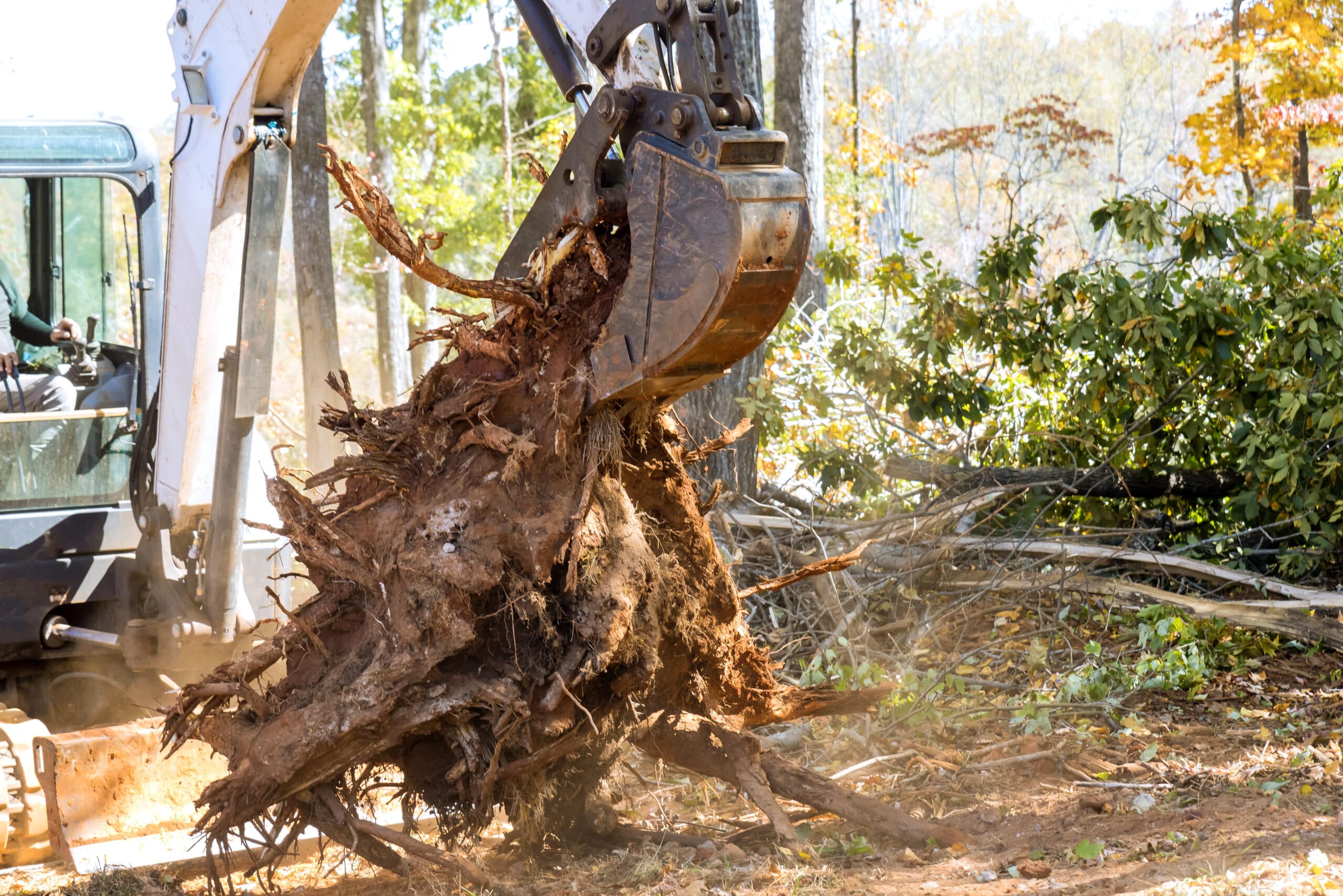When it comes to removing tree stumps from your property, the process can seem daunting. However, with the right knowledge and approach, tree stump removal can be a manageable task. In this ultimate guide, we will walk you through the steps and methods involved in effectively removing tree stumps.
- Assess the Stump: Before you begin, evaluate the size, location, and condition of the stump. Consider factors such as its proximity to structures, the depth of its roots, and any potential obstacles that may affect the removal process.
- Choose the Method: There are several methods available for tree stump removal, including manual extraction, chemical removal, burning, and stump grinding. Each method has its own pros and cons, so it’s important to select the one that suits your preferences and specific circumstances.
- Manual Extraction: For smaller stumps, manual extraction can be an option. This involves using tools like a shovel, mattock, or an axe to dig around the stump and cut through the roots. With patience and persistence, the stump can be gradually loosened and removed from the ground.
- Chemical Removal: Chemical removal involves using specific products to accelerate the natural decomposition of the stump. This method requires drilling holes into the stump and applying the chemicals. Over time, the stump will break down, making it easier to remove or decay naturally.
- Burning: Burning the stump is another option, but it requires caution and adherence to local fire regulations. This method involves drilling holes into the stump, filling them with fuel such as kerosene or charcoal, and igniting it. The fire will gradually consume the stump, but it requires careful monitoring and safety measures.
- Stump Grinding: Stump grinding is the most efficient and popular method for removing tree stumps. It involves using a stump grinder, a powerful machine with a rotating cutting wheel, to grind the stump down to below ground level. The resulting wood chips can be used as mulch or easily removed from the area.
- Safety Considerations: Regardless of the method chosen, safety should be a top priority. Use personal protective equipment, follow proper handling techniques for tools and equipment, and take precautions to prevent accidents or injuries.
- Seek Professional Help: If you’re unsure about tackling tree stump removal on your own, or if you have large or complex stumps, it’s recommended to hire a professional tree service. They have the expertise, specialized equipment, and knowledge to safely and efficiently remove stumps of any size.
Remember to check with local regulations and obtain any necessary permits before initiating tree stump removal. Additionally, consider the potential impact on the surrounding landscape and seek guidance on replanting or restoring the area once the stump is removed.
Removing tree stumps may require some effort, but with the right approach, it can be accomplished successfully. Assess the stump, choose the appropriate removal method, prioritize safety, and consider professional assistance if needed. By following this ultimate guide, you’ll be well-equipped to tackle tree stump removal and restore your landscape to its full potential.

